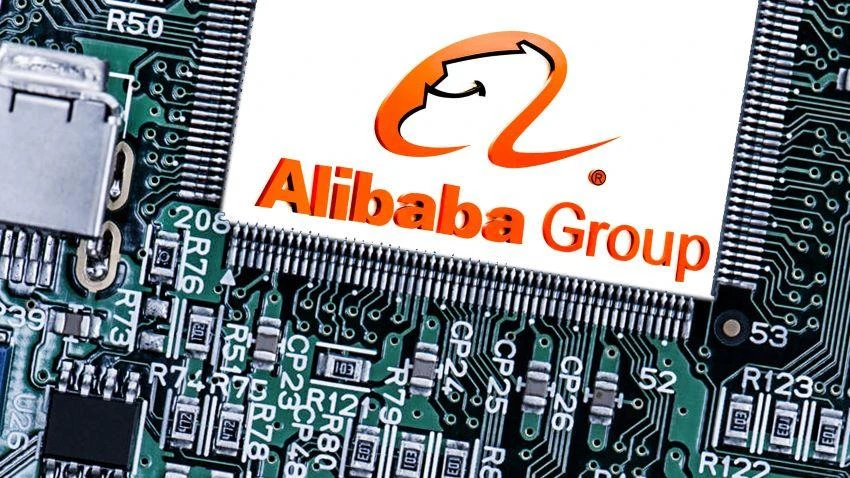
The new processor could be adopted by Chinese device makers to power smart speakers, self-driving cars or other internet-connected equipment requiring high-performance computing, Alibaba said at an event on Thursday.
While Alibaba does not plan to produce processors itself, Chinese chipmakers like Semiconductor Manufacturing International Corp. could potentially print the chips to the device makers' specifications under license from the e-commerce company.
With Beijing's encouragement, Chinese companies as diverse as phone maker Xiaomi, social media company Tencent Holdings and manufacturer Gree Electric Appliances have jumped into the semiconductor business in recent years.
Their efforts have accelerated as Washington has sanctioned telecommunications equipment makers Huawei Technologies and ZTE, at times barring U.S. companies like Intel from supplying them with chips and related technologies.
"The market for chips is controlled by America... and suddenly they stop selling," Jack Ma, chairman of Alibaba, said last year. "Japan, China, every country should have their own technology. A company should take responsibility for its customers, for the global future."
Alibaba's new processor could help it to follow in the footsteps of Britain's Arm Holdings. The SoftBank-controlled British company's chip designs power roughly 90% of the world's smartphones, according to Arm. Huawei, like many other Chinese phone makers, has relied on Arm designs, but the U.S. sanctions raised questions about how well Arm could continue the relationship.
"Most Chinese companies are still wary about whether Arm's architecture and Intel's architecture and technical support would remain accessible amid tech tension and further geopolitical uncertainties," said Sean Yang, an analyst at research company CINNO in Shanghai.
"It would be very helpful for China to increase long-term semiconductor sufficiency if big companies such as Alibaba jump in to build a chip (design) platform which smaller Chinese developers can just use without worrying about being cut off from supplies," he said.
Beijing is pushing local chip production and purchasing, with a goal of meeting 40% of domestic semiconductor demand with local supplies by 2020. According to research company TrendForce in Taipei, last year 15% of China's chip demand was met with locally designed processors.
Alibaba's new XuanTie 910 processor was developed based on a free, open-source instruction set architecture originally pursued by the University of California, Berkeley, called RISC-V. Many other companies in China and elsewhere are also seeking to create chip designs based on RISC-V, which is seen to have some advantage for smartwatches and other internet-connected devices. The architecture is also seen as beyond the reach of U.S. sanctions.
The RISC-V Foundation, which oversees the development of the architecture also counts as members Huawei and Xiaomi affiliate Huami, hinting at their own ambitions to build processors like Alibaba's.
"The RISC-V structure is still a new battleground that anyone can take and improve on, and no one has really a final say yet," Yang said.




















